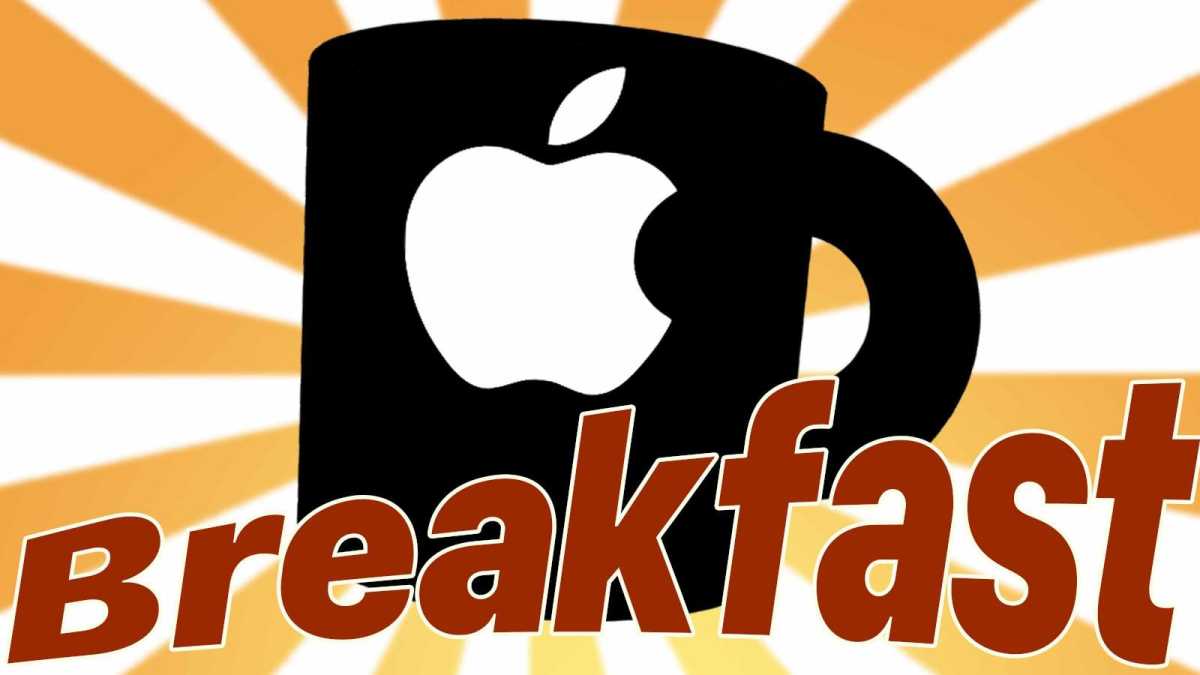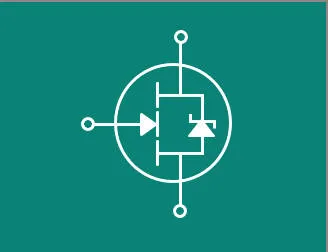
There was huge excitement in the Price household at the start of this month when Nintendo announced the upcoming launch of the Switch 2. And then that excitement turned to bitter recrimination when the company revealed that games for the new system could cost as much as $80, even if you choose a digital rather than physical copy. Oh and then they announced that the April 9 preorders were delayed “to assess the potential impact of tariffs.”
This financial bombshell was especially ill-timed because it’s become clear that the Switch 2 is considerably less innovative than its more affordable predecessor. Many of Nintendo’s hits have achieved success thanks to a fun gimmick or point of difference: the DS’s twin screens, the Wii’s motion controls, and the Switch’s twin function as a handheld and big-screen console. Even the Wii U, which flopped, at least attempted something new with its asymmetric controllers. But aside from a cursory (sorry) mouse mode for the Joy-Cons, the Switch 2 appears to just do what the Switch did with better specs.
Then again, “doing the same thing with better specs” is a phrase that could have been written for Apple, especially its all-conquering iPhone product line. Regular readers will be well aware of the exasperating pattern: early rumors hint at a dramatic revamp and startling new features before reality bites and the new iPhone ends up being much the same as the previous model.
That certainly appears to be the case this year, with the big redesign predicted earlier in the cycle now looking considerably less radical and the long-awaited shake-up now expected in 2027. A wide camera module probably isn’t going to be enough for the iPhone 17 to blow your socks off.
These increasingly consistent reports about the iPhone 17 arrive, like the Switch 2 price reveal, at an inconvenient time. Because, thanks to on-again, off-again tariffs on goods imported from China, where Apple makes most of its iPhones, the company may have to bite the bullet this year and increase prices or at the very least hike the low end by bumping the starting storage. A 40 percent price bump is a lot easier to swallow if the product is 40 percent better, but if it’s largely the same… Well, let’s just say that being expensive and boring at the same time is not a good combination.
Apple couldn’t realistically have seen this situation coming, but I still feel like this is a crisis of its own making. Year after year, the company has changed the iPhone as little as it possibly can, in order to save money, focus engineering on other projects such as Vision Pro, and leave room for further upgrades in the future. It’s been like an expert racing driver, pushing as close to the barriers as possible for maximum efficiency. But when you do that, you make yourself vulnerable to even the smallest of outside factors, and a political gust of wind just made a crash more likely.
Betting against Apple (or Nintendo, for that matter) is a fool’s errand, and my assumption is that Tim Cook will find a way to make this work. He’s already lobbied his way to a temporary exemption, and may yet perform logistical miracles ramping up production in India and Brazil. But above all, I hope Apple will learn its lesson and stop taking iPhone customers for granted.

Foundry
Welcome to our weekly Apple Breakfast column, which includes all the Apple news you missed last week in a handy bite-sized roundup. We call it Apple Breakfast because we think it goes great with a Monday morning cup of coffee or tea, but it’s cool if you want to give it a read during lunch or dinner hours too.
Have your say
We received an interesting and thoughtful response to last week’s Apple Breakfast on the rumored iOS redesign, and I’d like to quote from it here.
“Your apprehension toward the anticipated iOS redesign appears to stem from a preference for the familiar,” writes Gregg from Denver, CO. “However, embracing change is essential for technological advancement. Consider the evolution of language: languages that fail to adapt risk obsolescence. Latin, once dominant, has faded from common discourse due to its stagnation. Similarly, operating systems must evolve to remain relevant and meet users’ changing needs.
“Historically, iOS redesigns have led to significant improvements. For instance, iOS 7’s overhaul introduced a cleaner, more intuitive interface that many users appreciated. While initial reactions were mixed, the changes ultimately set the stage for future innovations. Furthermore, redesigns can enhance user engagement. Studies have shown that improvements in UX/UI design, such as streamlined navigation and faster load times, can drastically reduce frustration and abandonment, encouraging users to engage more deeply with the operating system.
“In the realm of technology, stagnation is synonymous with decline. As technophiles, we should welcome change that propels us toward more efficient and user-friendly experiences.”
Trending: Top stories
Next-gen CarPlay is the broken Apple promise that foreshadowed the Siri fiasco.
Jason Cross will never use his AirPods Pro again without this $20 upgrade.
Microsoft made me want a Fiftieth Anniversary MacBook more than ever.
Can Apple make its best Mac matter again?
Hey Apple, scrap the foldable iPhone and iPad before it’s too late.
A 256GB SSD is too small for a Mac in 2025 and it’s all macOS’s fault.
Ugh: Tariff special
Tariff panic? Buying an iPhone right now is a terrible idea.
With tariffs causing turmoil, the Macalope wonders what exactly Tim Cook spent a million bucks on.
Talking of which… Here’s how President Trump’s tariffs will impact the price of Apple products.
And here’s how Apple can handle Trump’s tariffs without raising prices (too much).
Podcast of the week
Believe it or not, the next iPhone is only six months away! So in episode 929 of the Macworld Podcast, we’re covering the latest iPhone rumors and whether or not you’ll even be able to afford the new phone.
You can catch every episode of the Macworld Podcast on Spotify, Soundcloud, the Podcasts app, or our own site.
Reviews corner
The rumor mill
Here we go again: The iPhone ‘shake-up’ is now coming in 2027. And that big redesign predicted for this year might not be so big after all.
Still… iPhone 16e comparison pics show off an impressively thin iPhone 17 Air.
Report: Apple is prepping a giant folding iPad for release next year.
iOS 19 ‘leak’ shows new icons, shimmery buttons, and lots of glass.
Instagram finally, finally makes an iPad app! Maybe.
Siri woes reportedly push Apple’s smart home hub into 2026.
Software updates, bugs, and problems
You can use a VPN for TikTok if it gets banned, but it’s a headache.
And with that, we’re done for this week’s Apple Breakfast. If you’d like to get regular roundups, sign up for our newsletters, including our new email from The Macalope–an irreverent, humorous take on the latest news and rumors from a half-man, half-mythical Mac beast. You can also follow us on Facebook, Threads, Bluesky, or X for discussion of breaking Apple news stories. See you next Monday, and stay Appley.






